Home>Gardening & Outdoor>Landscaping Ideas>How Do You Make A Raised Garden Bed
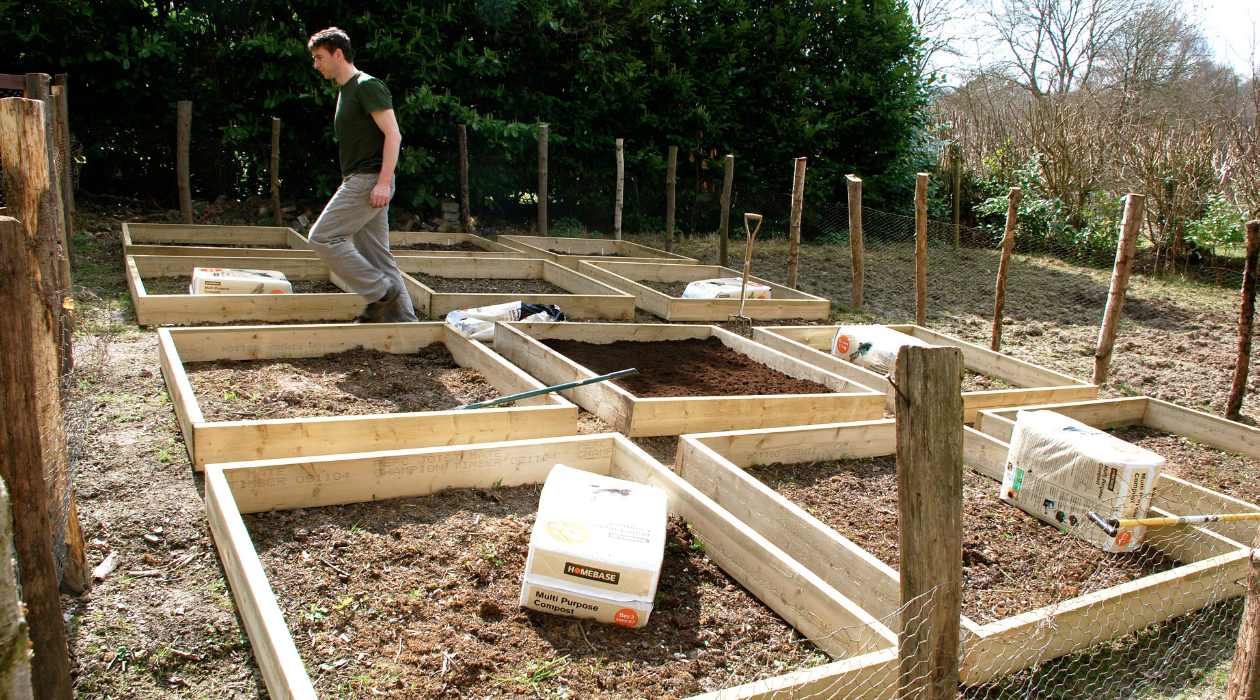

Landscaping Ideas
How Do You Make A Raised Garden Bed
Modified: February 18, 2024
Discover the best landscaping ideas for creating a raised garden bed. Learn how to design and build a beautiful and functional garden space.
(Many of the links in this article redirect to a specific reviewed product. Your purchase of these products through affiliate links helps to generate commission for Storables.com, at no extra cost. Learn more)
Introduction
Creating a raised garden bed is a fantastic way to elevate your gardening experience. Whether you're a seasoned gardener or a newcomer to the world of horticulture, a raised garden bed offers numerous benefits and opportunities for creativity. This comprehensive guide will walk you through the step-by-step process of constructing and planting in a raised garden bed, allowing you to reap the rewards of your labor in the form of vibrant blooms, lush foliage, and a bountiful harvest of fruits and vegetables.
By opting for a raised garden bed, you can overcome various challenges commonly encountered in traditional gardening. The elevated design not only provides better drainage, preventing waterlogged soil, but also offers improved soil quality and easier access for planting, weeding, and harvesting. Additionally, the raised structure can deter pests and minimize the risk of soil compaction, promoting healthier plant growth and reducing the need for chemical interventions.
Whether you have limited space, poor soil quality, or physical limitations, a raised garden bed can be tailored to suit your specific needs and preferences. It presents an opportunity to unleash your creativity by designing a personalized oasis of greenery and color, adding a touch of natural beauty to your outdoor space.
As we embark on this journey to create a raised garden bed, you'll discover the joy of nurturing plant life and witnessing the miracle of growth firsthand. So, roll up your sleeves, gather your tools, and let's delve into the enriching world of raised bed gardening.
Key Takeaways:
- Building a raised garden bed offers benefits like better drainage, improved soil quality, and easier access for gardening. It’s a creative way to overcome challenges and add natural beauty to your outdoor space.
- Creating a raised garden bed involves choosing the right location, gathering materials, building the frame, adding soil and compost, and planting a diverse array of flora. It’s a fulfilling journey of nurturing plant life and witnessing the miracle of growth.
Read more: How To Make A Raised Garden Bed With Bricks
Step 1: Choose a Location
Selecting the right location for your raised garden bed is a crucial first step in ensuring the success of your gardening endeavors. The ideal spot should receive an adequate amount of sunlight, typically six to eight hours per day, to support the healthy growth of plants. Take note of any nearby structures or trees that may cast shadows and obstruct sunlight, as this can impact the productivity of your garden bed.
Consider the accessibility of the chosen location. Opt for a spot that is easily reachable for regular maintenance tasks such as watering, weeding, and harvesting. This is particularly important if you have physical limitations or mobility challenges, as it ensures that you can tend to your garden comfortably.
Furthermore, assess the quality of the soil in the selected area. While raised garden beds offer the advantage of customizable soil composition, it is still beneficial to choose a location with soil that is relatively level and well-draining. Avoid areas prone to waterlogging, as excess moisture can lead to root rot and other detrimental conditions for plants.
Another aspect to consider is proximity to a water source. To simplify the task of watering your garden, position the raised bed within reach of a water hose or irrigation system. This will streamline the maintenance process and contribute to the overall health of your plants.
Additionally, take into account the aesthetic appeal of the location. A visually pleasing spot can enhance the overall ambiance of your outdoor space, creating a tranquil and inviting atmosphere. Whether you envision the raised garden bed as a focal point or a harmonious addition to your existing landscape, the location should complement the overall design of your outdoor area.
By carefully evaluating these factors, you can identify the perfect location for your raised garden bed, setting the stage for a flourishing and visually captivating garden that brings joy and satisfaction for years to come.
Step 2: Gather Materials
To embark on the construction of your raised garden bed, you will need a selection of materials that are essential for building a sturdy and productive gardening space. Here's a comprehensive list of the materials required to bring your vision of a thriving raised garden bed to life:
Lumber:
The primary material for constructing the frame of the raised garden bed is lumber. Opt for untreated, rot-resistant wood such as cedar or redwood, as they are durable and naturally resistant to decay. The dimensions of the lumber will depend on the size of the raised bed you intend to build. Typically, 2×6 or 2×8 boards are used to create the frame, ensuring sufficient depth for healthy root growth.
Screws or Nails:
To secure the lumber and assemble the frame, you will need screws or nails. Stainless steel or galvanized screws are recommended, as they are resistant to rust and corrosion, ensuring the longevity of the raised bed structure.
Read more: How To Make A Small Raised Garden Bed
Level:
A level is essential for ensuring that the frame is constructed evenly and sits perfectly horizontal. This tool is instrumental in achieving a balanced and aesthetically pleasing raised garden bed.
Power Drill or Hammer:
A power drill equipped with the appropriate drill bit or a hammer will be necessary for driving screws or nails into the lumber, securing the frame and ensuring its structural integrity.
Landscape Fabric:
Landscape fabric serves as a barrier to prevent weeds from infiltrating the raised garden bed. It also aids in retaining the soil while allowing for proper drainage, contributing to the overall health of the garden.
Soil and Compost:
Quality soil and compost are vital components for filling the raised garden bed. Opt for a high-quality garden soil mix enriched with compost to provide essential nutrients and promote optimal growing conditions for your plants.
Read more: How To Make A Raised Garden Bed With Pallets
Optional: Corner Braces:
For larger raised garden beds, corner braces can be used to reinforce the frame and provide additional stability, especially in areas prone to high winds or soil movement.
By gathering these materials, you will be well-equipped to proceed with the construction of your raised garden bed, laying the foundation for a flourishing and bountiful garden space.
Step 3: Build the Frame
Constructing the frame of your raised garden bed is a pivotal stage that sets the foundation for a robust and productive gardening space. Follow these steps to build a sturdy and well-defined frame for your raised bed:
-
Cutting the Lumber: Begin by cutting the lumber to the desired dimensions based on the size of the raised bed you intend to create. Use a saw to precisely cut the boards to the required lengths, ensuring uniformity for a cohesive and visually appealing frame.
-
Assembling the Frame: Lay out the cut lumber in the designated location for your raised garden bed. Position the boards to form a rectangular or square shape, depending on your design preference. Use a level to ensure that the boards are aligned and adjust them as needed to achieve a perfectly horizontal frame.
-
Securing the Corners: Once the boards are positioned correctly, it's time to secure the corners. Use screws or nails to fasten the boards together at the corners, ensuring a tight and secure connection. Stainless steel or galvanized fasteners are recommended to withstand outdoor conditions and prevent corrosion.
-
Optional: Adding Corner Braces: For larger raised garden beds, consider adding corner braces to reinforce the frame and enhance its stability. This is particularly beneficial in areas prone to strong winds or soil movement, providing additional support to the structure.
-
Installing Landscape Fabric: After the frame is assembled, lay down landscape fabric inside the bed to create a barrier against weeds. Trim the fabric to fit the dimensions of the frame, ensuring complete coverage to prevent weed growth while allowing for proper drainage.
By meticulously following these steps, you will successfully build a durable and well-structured frame for your raised garden bed. This foundational element forms the basis for a thriving and visually appealing garden space, setting the stage for the next phase of filling the bed with nutrient-rich soil and preparing it for planting.
This comprehensive guide equips you with the knowledge and guidance to embark on the journey of creating a raised garden bed, allowing you to cultivate a flourishing garden that brings joy and natural beauty to your outdoor environment.
Step 4: Add Soil and Compost
Once the frame of your raised garden bed is securely in place, the next crucial step is to fill it with a nutrient-rich blend of soil and compost. This foundational layer serves as the lifeblood of your garden, providing essential nutrients, proper drainage, and a hospitable environment for plant roots to thrive.
Begin by selecting a high-quality garden soil mix that is well-suited for the types of plants you intend to grow. Look for a blend that offers good drainage while retaining moisture, as this balance is essential for healthy plant development. Additionally, the soil mix should be rich in organic matter and nutrients to support robust growth and abundant yields.
Incorporating compost into the soil mix is equally important, as it introduces a wealth of beneficial microorganisms, enhances soil structure, and contributes to overall fertility. Compost enriches the soil with vital nutrients, improves moisture retention, and fosters a thriving ecosystem underground, promoting the well-being of your plants.
When adding the soil and compost to your raised garden bed, ensure that it is evenly distributed and leveled to create a uniform planting surface. Use a rake or gardening fork to gently blend the soil and compost, allowing for a harmonious integration that sets the stage for successful plant growth.
As you fill the raised bed, take into account the depth required for the specific plants you plan to cultivate. Different plants have varying root depths, so it's essential to tailor the soil depth to accommodate their individual needs. For example, root vegetables such as carrots and radishes require deeper soil, while herbs and lettuces thrive in shallower depths.
Once the soil and compost are in place, take a moment to appreciate the transformation of the raised garden bed into a fertile and inviting space, brimming with potential for a vibrant and flourishing garden. The addition of soil and compost marks a significant milestone in the creation of your raised bed, laying the groundwork for the final and most rewarding step: planting your garden.
With the soil and compost thoughtfully integrated into the raised bed, you are now poised to embark on the exciting journey of bringing your garden to life, nurturing a diverse array of plants that will thrive in the enriched environment you have meticulously prepared.
Step 5: Plant Your Garden
With the raised garden bed primed and brimming with nutrient-rich soil and compost, the time has come to breathe life into this fertile canvas by planting a diverse array of flora. This step marks the culmination of your efforts, transforming the raised bed into a thriving oasis of greenery and color. As you embark on this final phase, consider the following guidelines to ensure the successful establishment of your garden:
Read more: How To Make A Raised Garden Bed Cheap
Selecting Plants:
Carefully choose the plants that align with your gardening goals, climate, and the specific conditions of your outdoor space. Consider factors such as sunlight requirements, water needs, and the mature size of the plants to ensure they are well-suited for the raised garden bed. Whether you opt for vibrant flowers, aromatic herbs, or a bounty of vegetables, the selection process is an opportunity to infuse your personal touch and creativity into the garden.
Planting Techniques:
When planting in a raised garden bed, it's essential to space the plants appropriately to allow for optimal growth and airflow. Follow the recommended spacing guidelines for each plant variety, taking into account their mature size and potential for expansion. Utilize gardening tools such as a trowel or hand shovel to create planting holes of the appropriate depth, gently nestling the roots of each plant into the soil with care and precision.
Watering and Mulching:
After planting, provide the newly introduced flora with a generous watering to help them acclimate to their new environment. Monitor the moisture levels regularly, ensuring that the soil remains consistently moist but not waterlogged. Consider applying a layer of organic mulch around the base of the plants to retain moisture, suppress weed growth, and regulate soil temperature, fostering a conducive environment for healthy root development.
Maintenance and Care:
As your garden takes root and begins to flourish, it's essential to maintain regular care and attention. Monitor the plants for signs of growth, and be vigilant against pests and diseases that may affect their well-being. Implement a regular watering schedule, and consider incorporating organic fertilizers to provide supplemental nutrients for robust plant growth and abundant blooms or harvests.
Embracing the Journey:
As you witness the transformation of your raised garden bed into a vibrant tapestry of plant life, take the time to savor the journey and revel in the beauty of nature's resilience and growth. Cultivate a sense of connection with your garden, nurturing it with care and admiration as it evolves into a flourishing ecosystem within the confines of the raised bed.
By following these guidelines and infusing your personal touch and passion into the planting process, you will witness the gradual emergence of a captivating and bountiful garden within your raised bed. This final step encapsulates the essence of raised bed gardening, offering a canvas for creativity and a sanctuary for the wonders of nature to unfold.
Conclusion
In conclusion, the journey of creating a raised garden bed is a fulfilling and enriching experience that offers a myriad of rewards. From the initial selection of the perfect location to the meticulous construction of the frame, the addition of nutrient-rich soil and compost, and the final step of planting a diverse array of flora, each stage contributes to the transformation of a simple structure into a thriving oasis of natural beauty.
The process of building and nurturing a raised garden bed transcends the mere act of gardening; it embodies a harmonious blend of creativity, patience, and a deep-rooted connection with the natural world. As the raised bed evolves from a blank canvas into a vibrant tapestry of plant life, it becomes a testament to the transformative power of human hands working in harmony with nature.
The raised garden bed serves as a sanctuary for the wonders of growth and renewal, offering a space where the beauty of flora unfolds in a symphony of colors, fragrances, and textures. It becomes a focal point of tranquility and natural allure, enriching the outdoor environment and inviting moments of contemplation and appreciation for the marvels of the botanical realm.
Furthermore, the raised garden bed presents an opportunity for individuals to cultivate a deeper connection with the earth, fostering a sense of stewardship and respect for the delicate balance of the ecosystem. It encourages a mindful approach to gardening, where sustainability, biodiversity, and the well-being of plant life are cherished and nurtured.
As the seasons unfold and the garden transitions through cycles of growth and dormancy, the raised bed becomes a living testament to the resilience and vitality of nature. It embodies the spirit of renewal and the enduring cycle of life, inspiring a sense of wonder and reverence for the natural world.
In essence, the creation of a raised garden bed transcends the boundaries of a mere gardening project; it becomes a testament to the enduring bond between humanity and the earth, a celebration of life, and a canvas for the artistry of nature to flourish. It is a journey that invites individuals to embrace the transformative power of gardening, fostering a deeper connection with the rhythms of the natural world and sowing the seeds of joy, beauty, and harmony within the confines of a simple raised bed.
Frequently Asked Questions about How Do You Make A Raised Garden Bed
Was this page helpful?
At Storables.com, we guarantee accurate and reliable information. Our content, validated by Expert Board Contributors, is crafted following stringent Editorial Policies. We're committed to providing you with well-researched, expert-backed insights for all your informational needs.
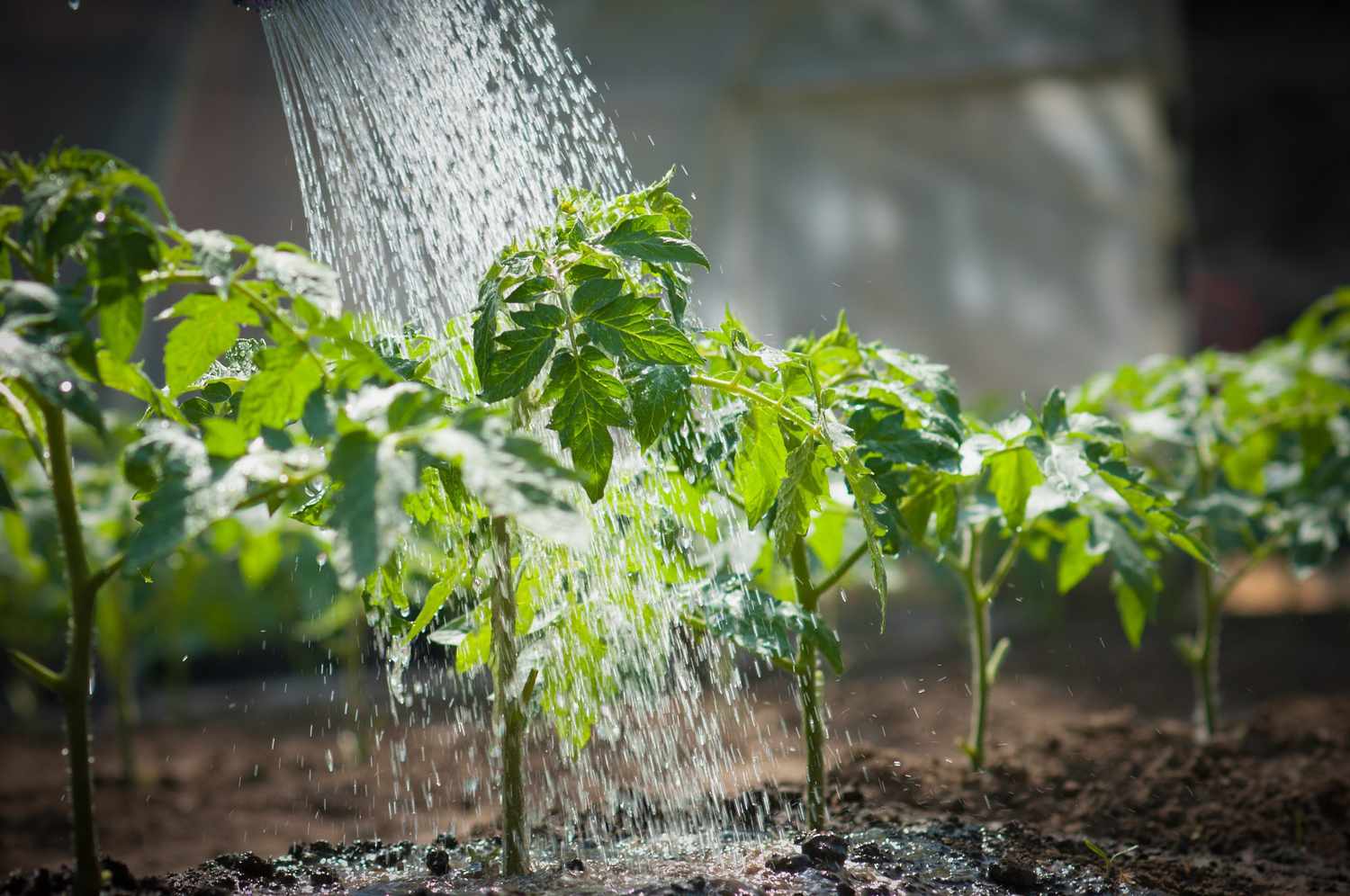
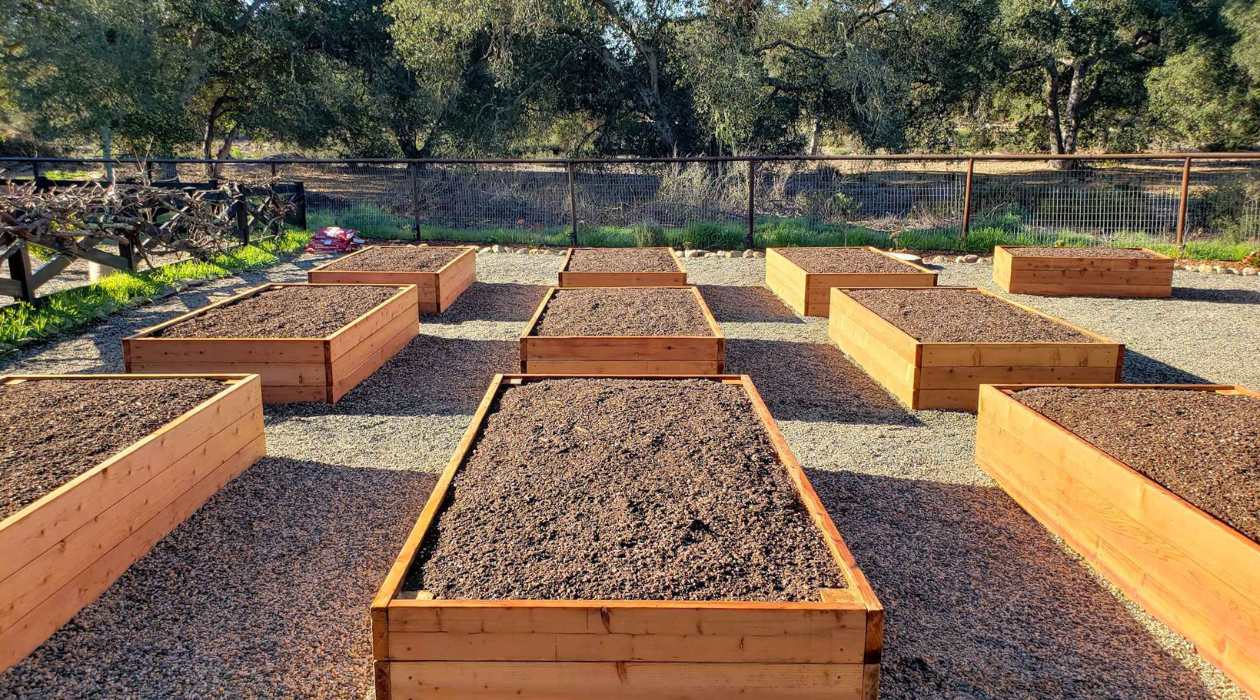
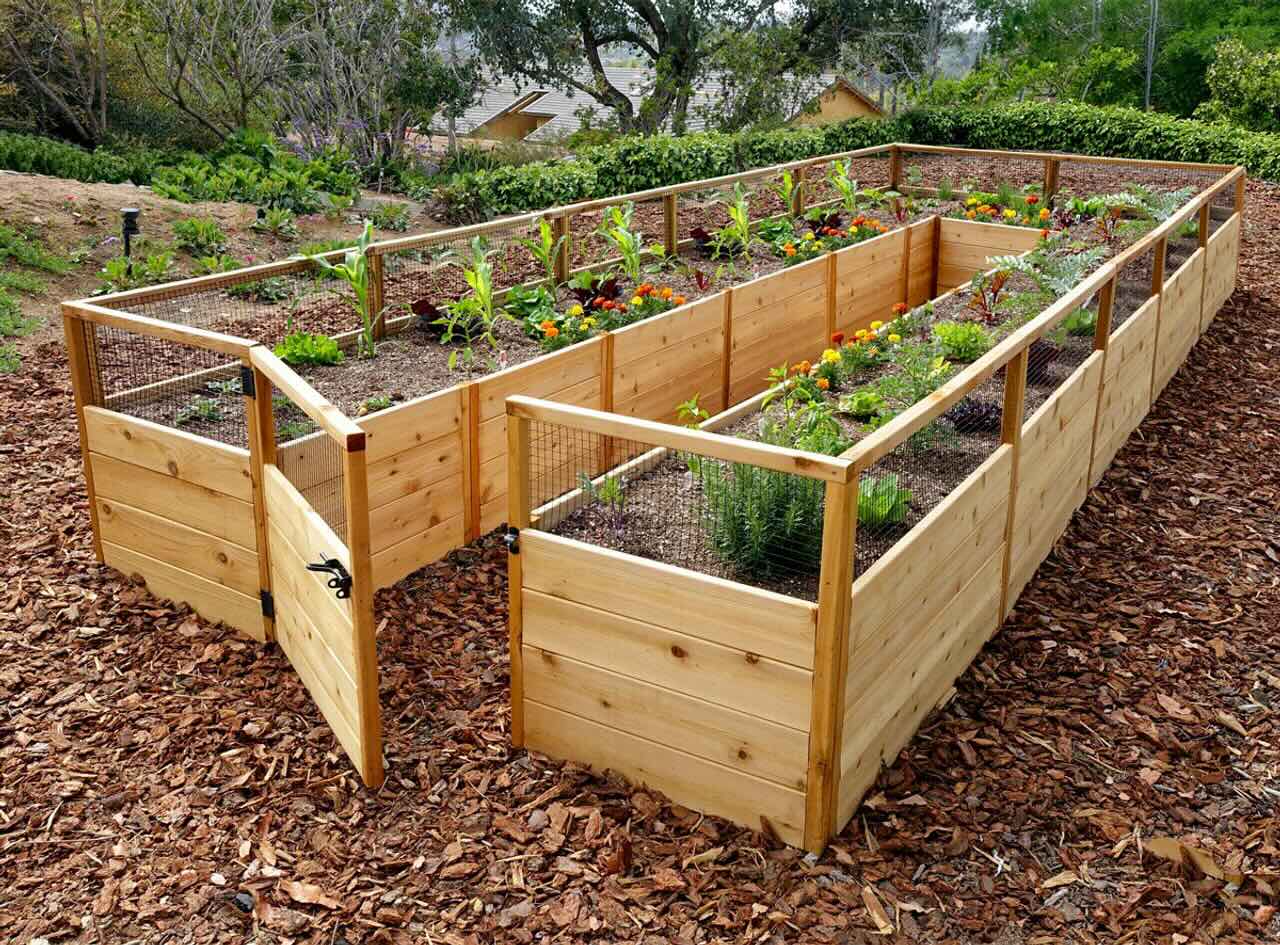
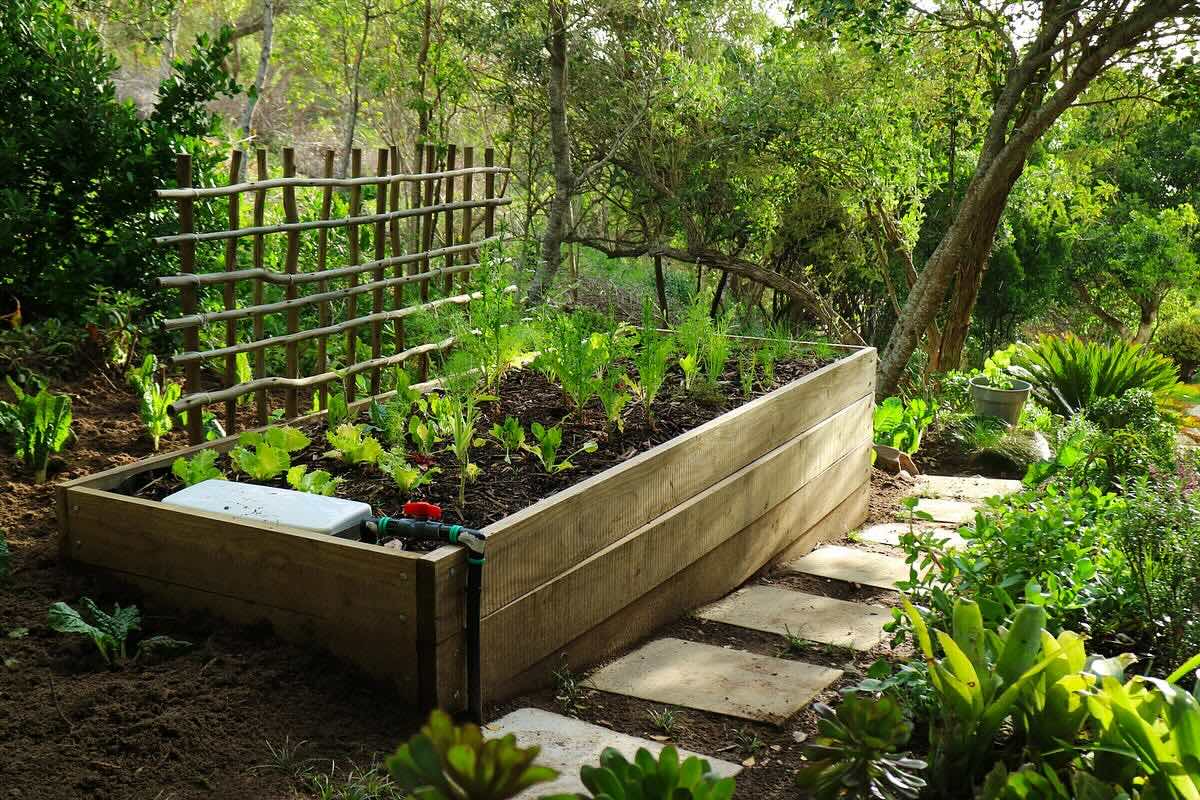
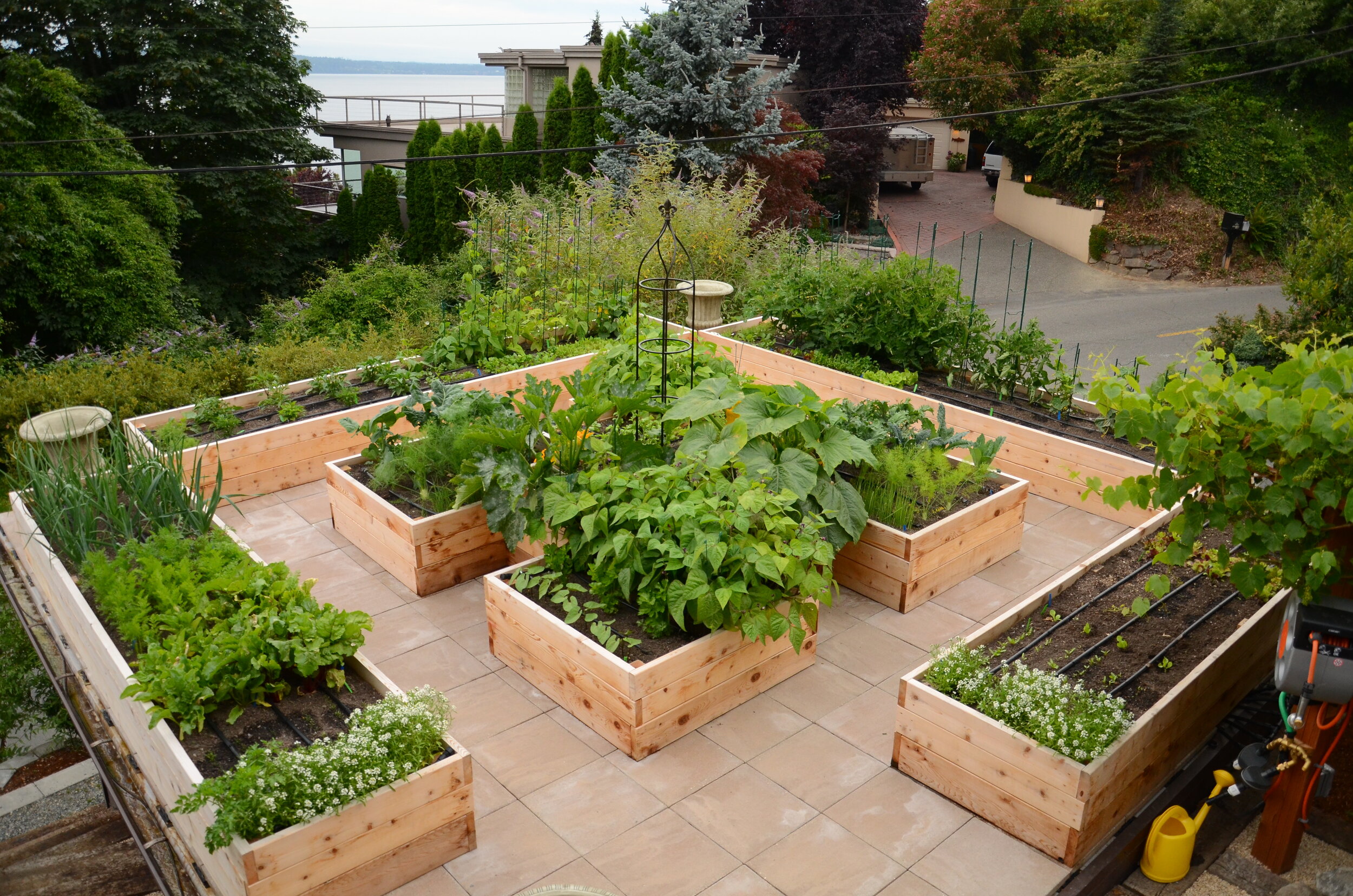
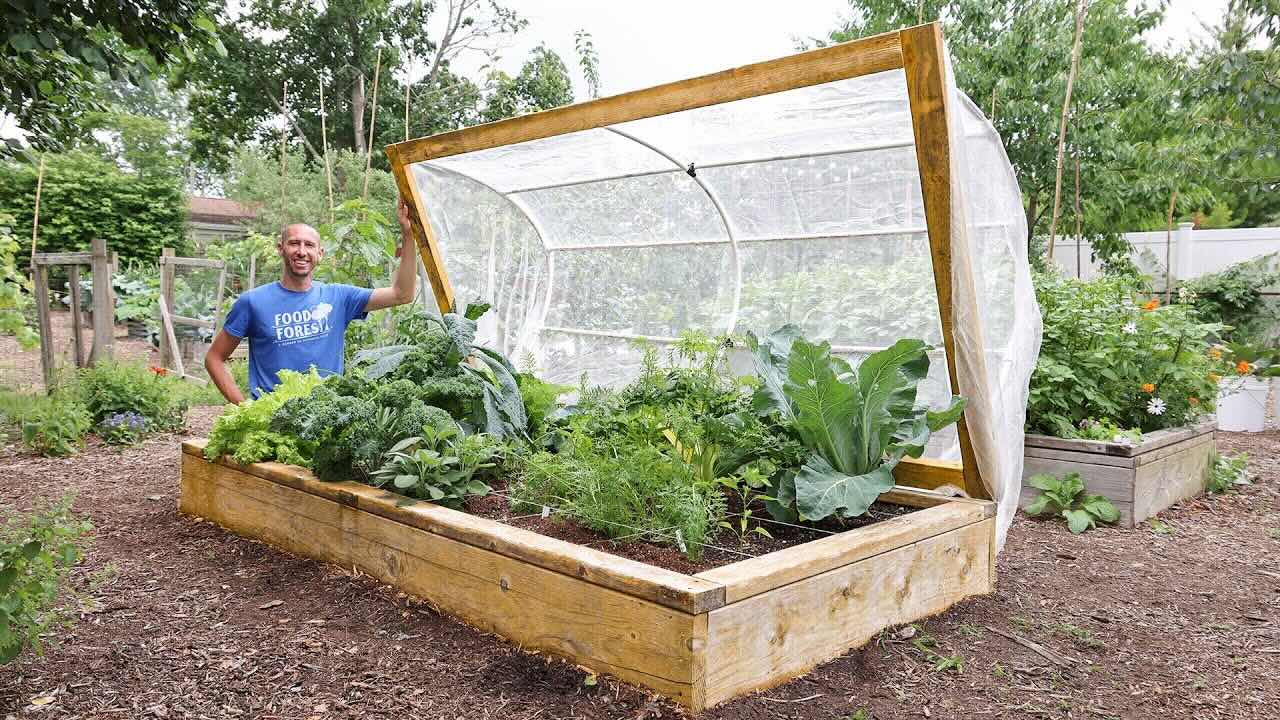
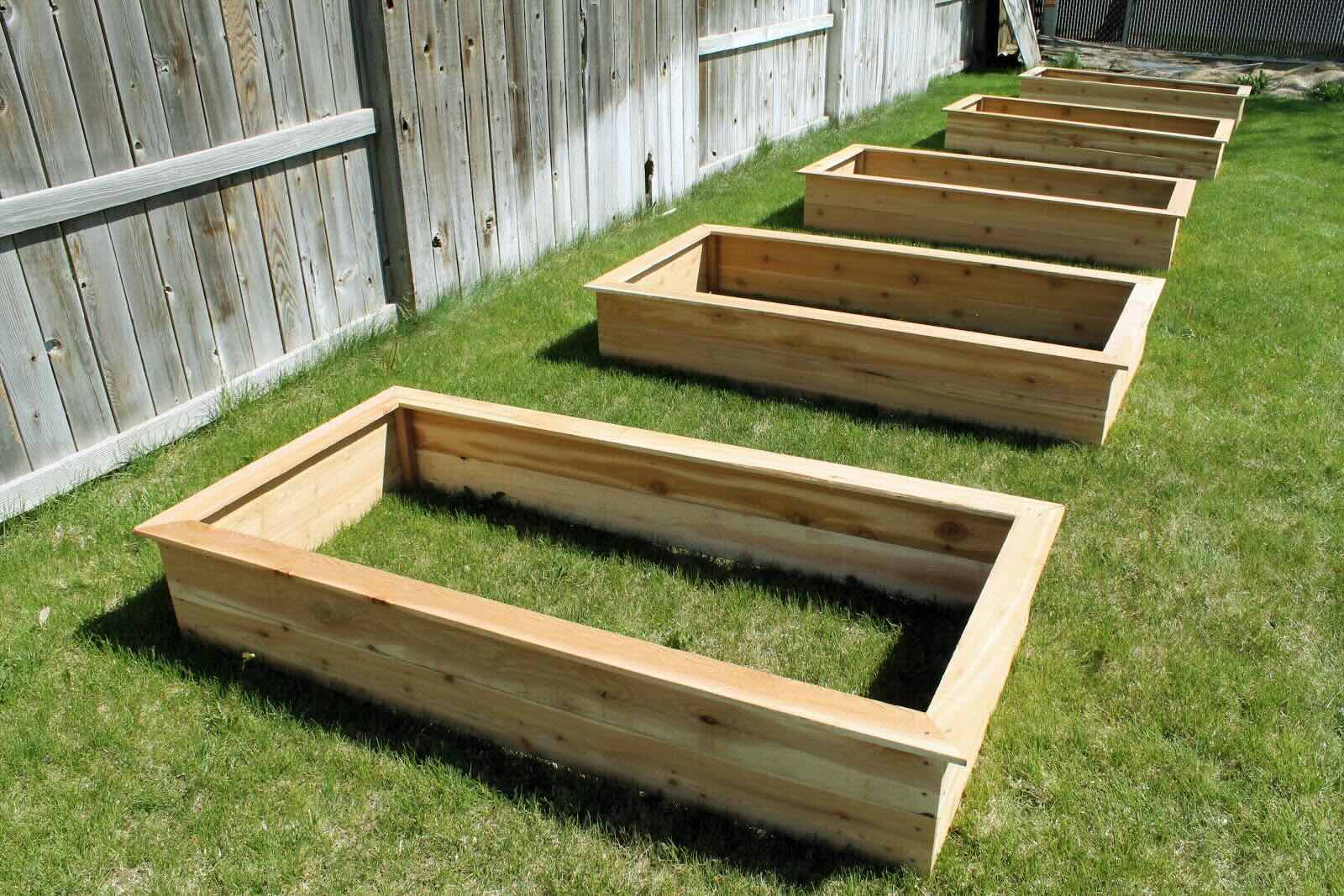
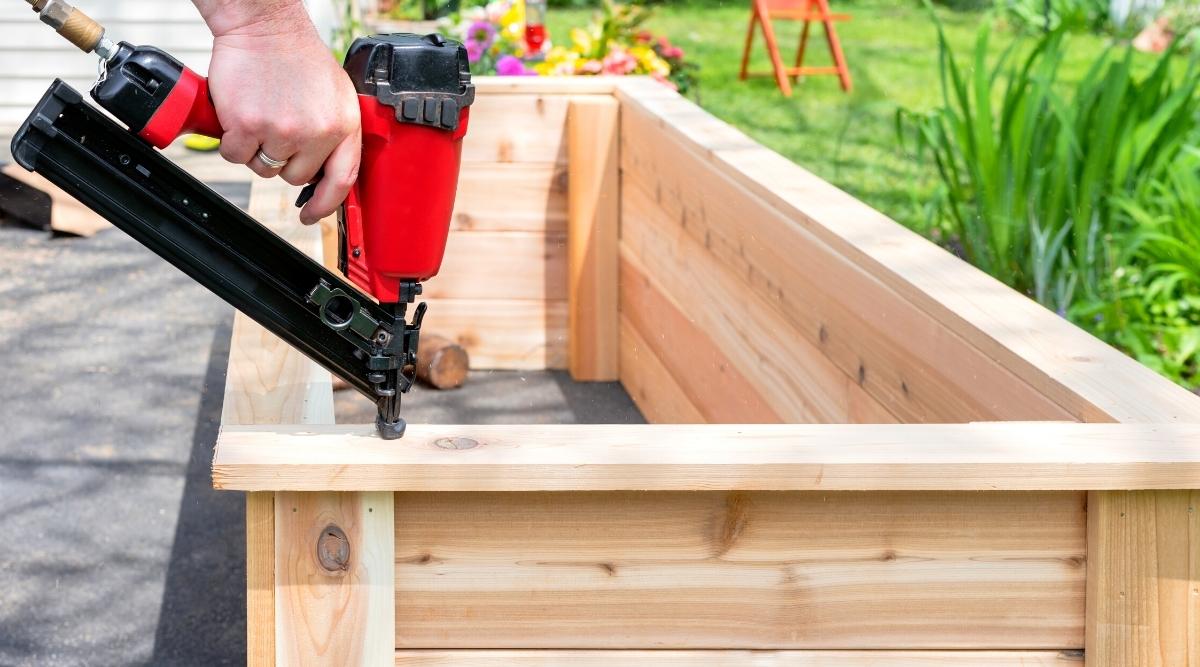
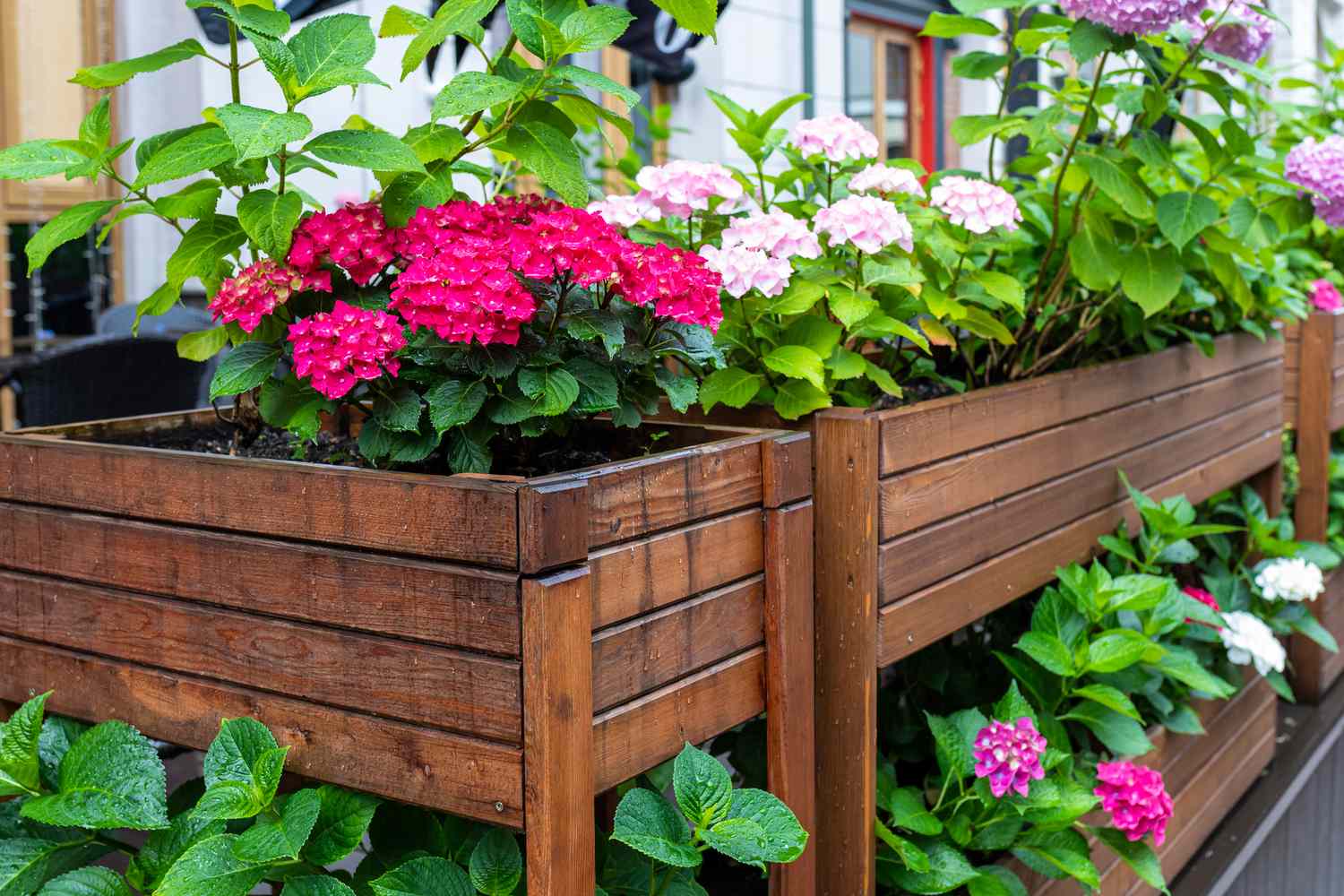
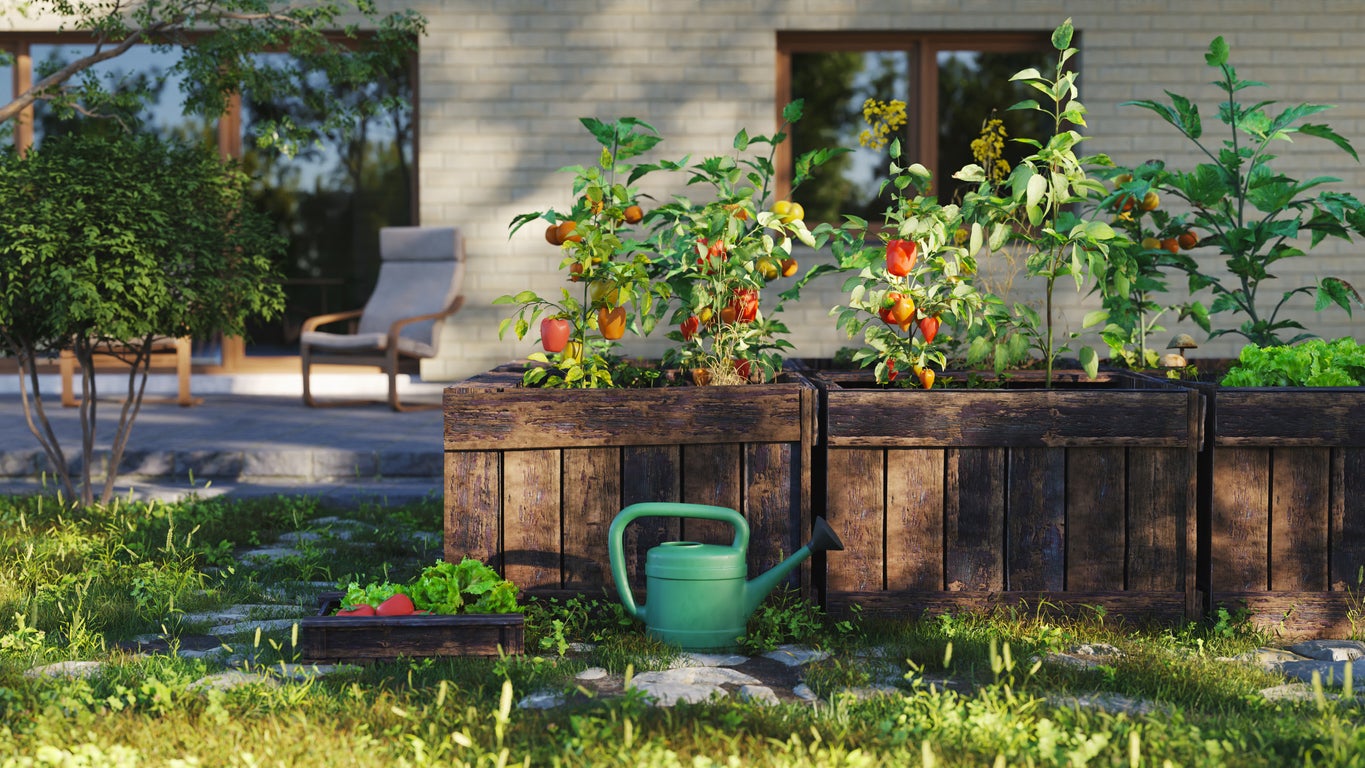
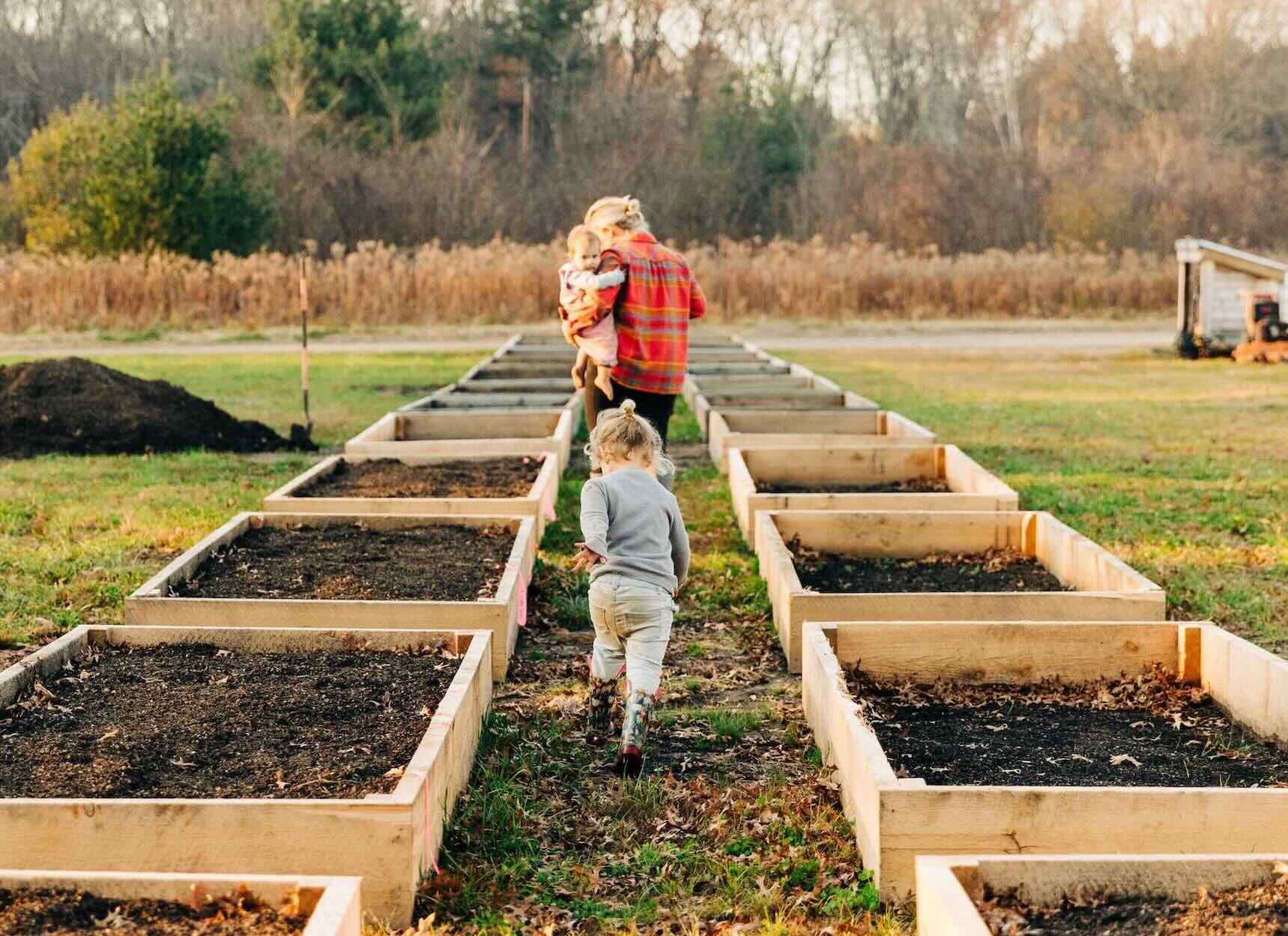

0 thoughts on “How Do You Make A Raised Garden Bed”